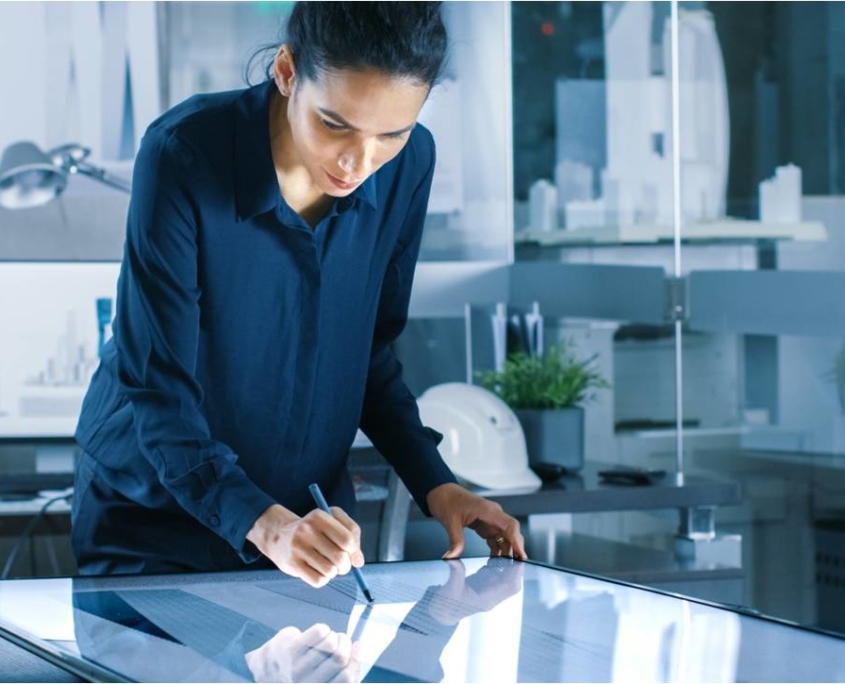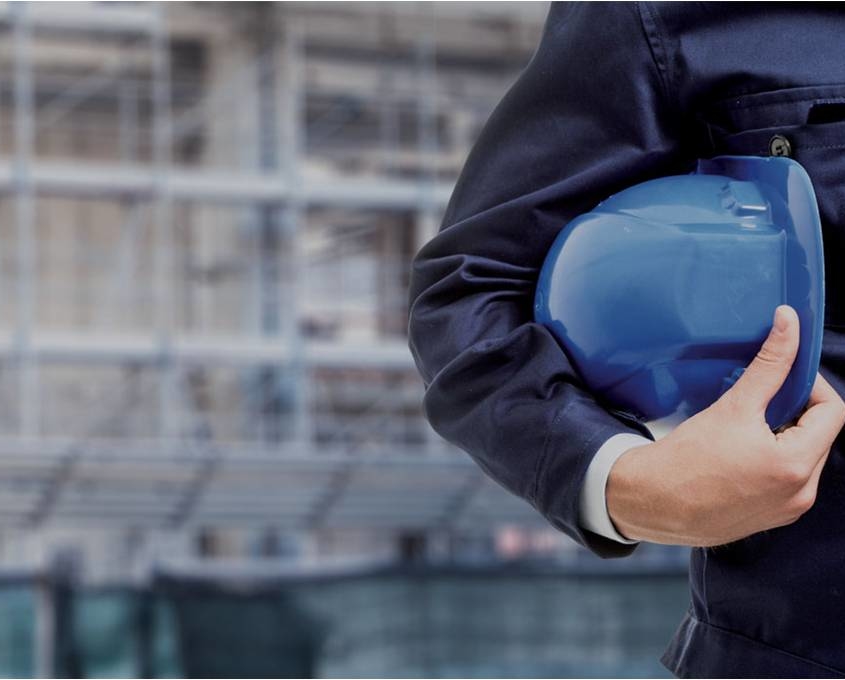CONSULTING AND PLANNING
EFFICIENT COOLING – PLANNED WITH A COOL HEAD
Competent support right from the start
How can you benefit from adsorption cooling? Which heat source is most suitable in your case? How should the overall system be designed to achieve optimal cooling results and economic benefits? How can the system be perfectly integrated into your environment? Together with engineers, planners and architects, our experts develop an individual cooling solution that perfectly suits your requirements.
Our objective is always: The best possible result in terms of efficiency, cost-effectiveness, and environmental friendliness.


